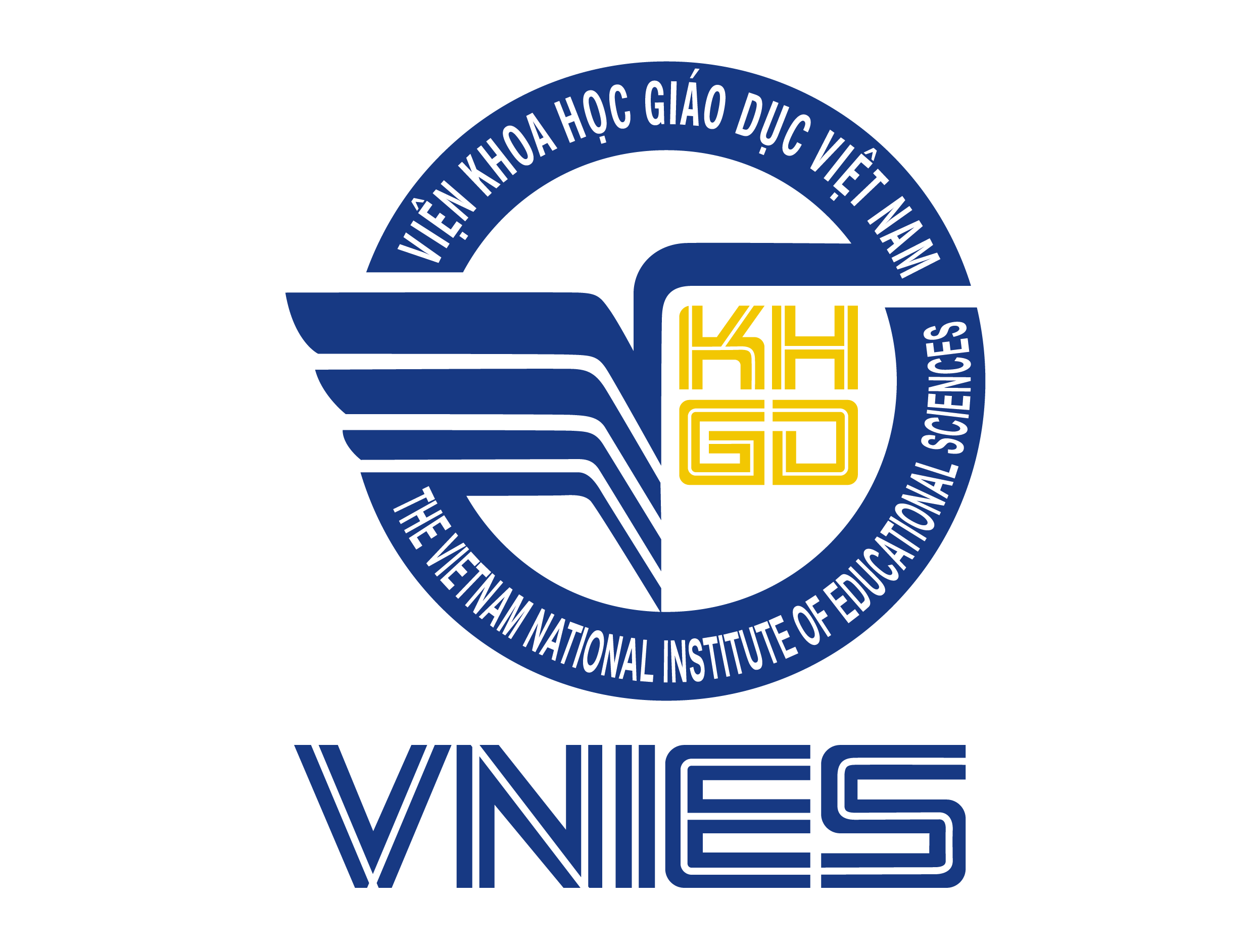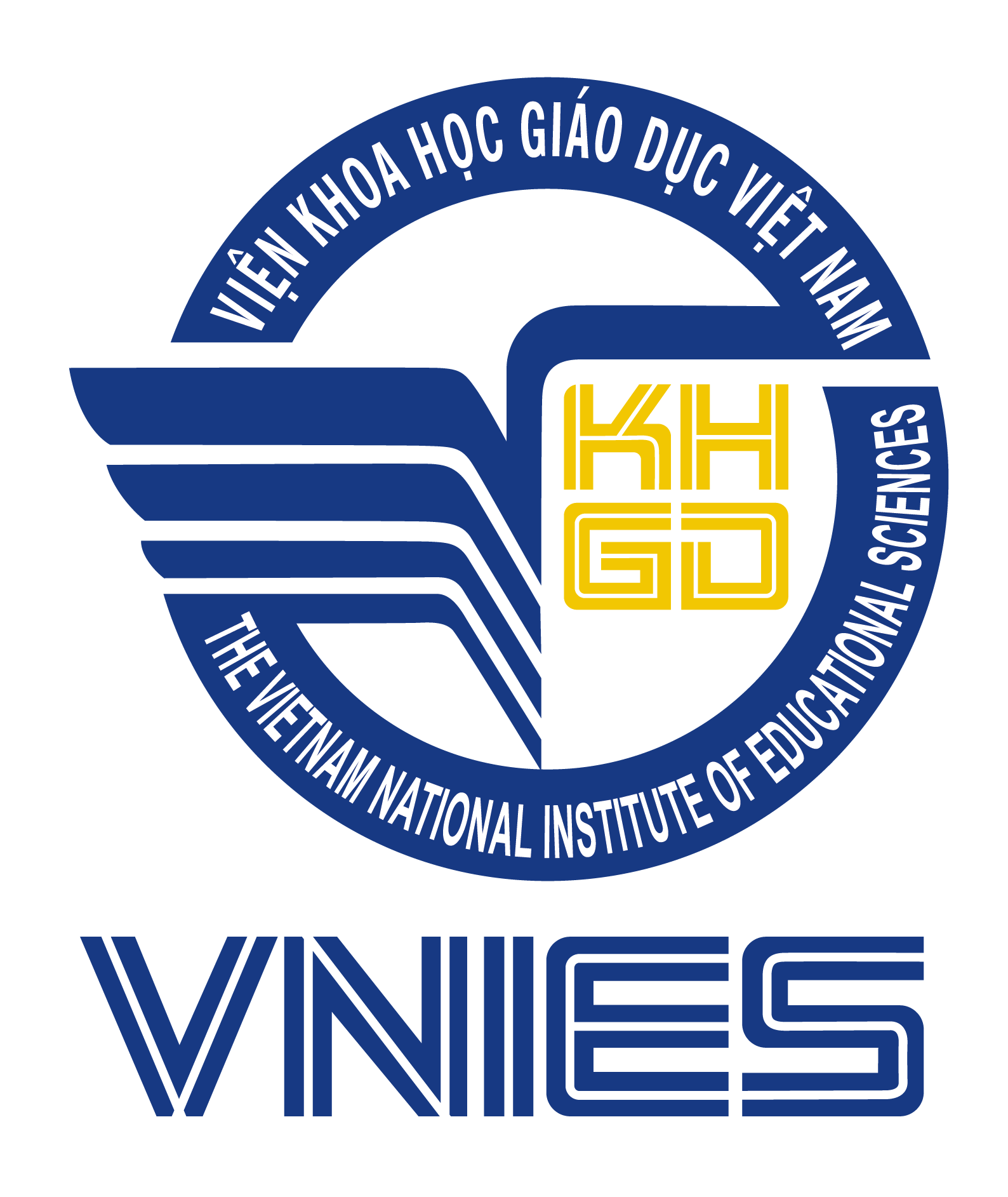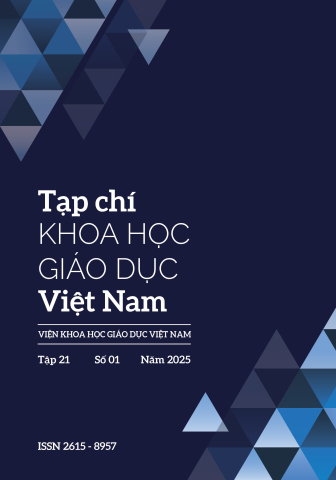[1] Singapore, Encyclopaedia Britannica, https://www. britannica.com/summary/Singapore.
[2] Worldometer, Singapore Population, (2024), Worldometer, https://www.worldometers.info/wor ld-population/singapore-population.
[3] L. K. Yew, (2000), From Third World to First: The Singapore Story: 1965-2000. New York, NY, USA: HarperCollins
[4] P. M. Hùng, (2023), Singapore vươn lên giáo dục đại học đẳng cấp thế giới như thế nào?, Vietnamnet, https://vietnamnet.vn/singapore-vuon-lengiao-duc-dai-hoc-dang-cap-the-gioi-nhu-thenao-2183651.html.
[5] Viện Khoa học Giáo dục Việt Nam, (8/8/2022), Báo cáo Phân tích ngành Giáo dục Đào tạo giai đoạn 2011-2020, https://vnies.edu.vn/tin-tuc/tinhoat-dong-cua-vien/18471/hoi-thao-cong-bo- %E2%80%9Cbao-cao-phan-tich-nganh-giao-ducviet-nam-2011-%E2%80%93-2020%E2%80%
[6] LaSalle College of the Arts, (2023), Title of Webpage, https://www.lasalle.edu.sg.
[7] N. T. T. Phương - N. C. Đức, (2021), Sức mạnh mềm văn hoá Việt Nam trong bối cảnh hội nhập quốc tế: Sách chuyên khảo, Hà Nội, NXB Chính trị Quốc gia Sự thật, Hà Nội
[8] Thủ tướng Chính phủ, (2016), Quyết định số 1755/ QĐ-TTg phê duyệt Chiến lược phát triển các ngành Công nghiệp văn hóa Việt Nam đến năm 2020, tầm nhìn đến năm 2030


